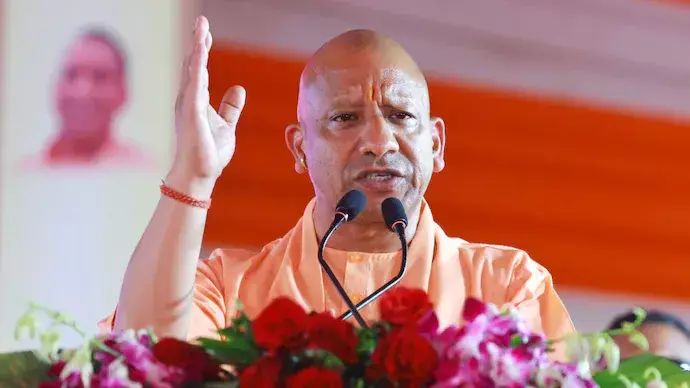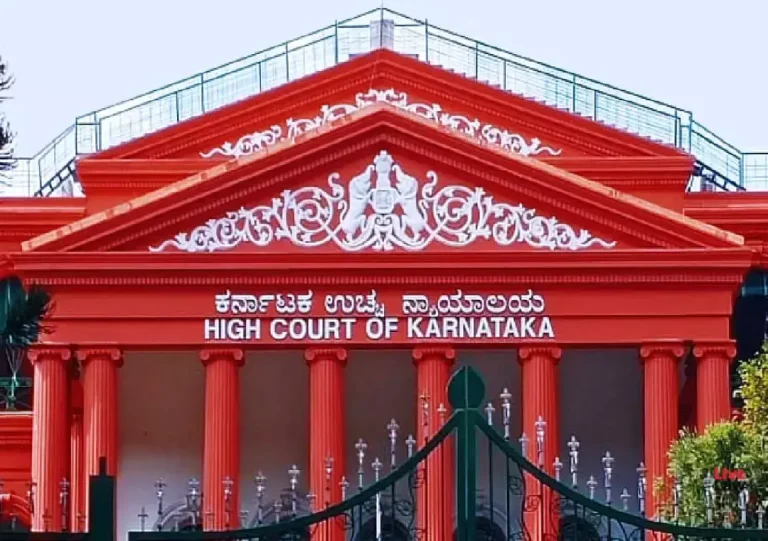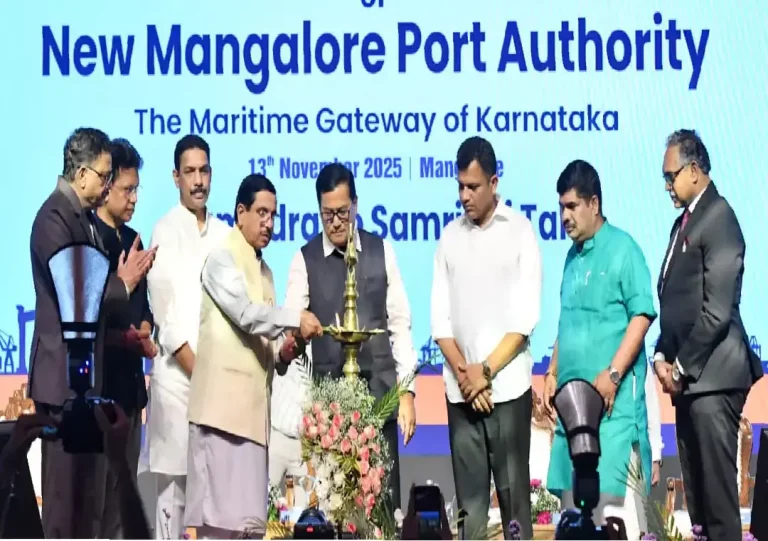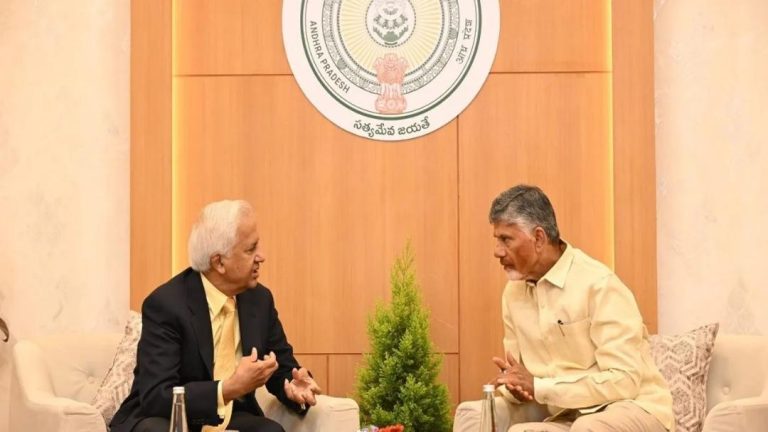
UP Govt Sets Benchmark in Child Safety, Education, Dignity: Report
The government of Uttar Pradesh has been lauded for its pioneering efforts in child welfare, a development that has sent a positive ripple effect across the country. Under the leadership of Chief Minister Yogi Adityanath, the state has made significant strides in ensuring the safety, education, and dignity of children. According to reports, the UP government has been working in close coordination with UNICEF to develop a robust framework for child welfare, which is being hailed as a model for other states to follow.
The Uttar Pradesh government’s commitment to child welfare is evident in its ambitious goal to eradicate child labor by 2027. This bold step towards child rights has been recognized by experts and stakeholders, who are hailing it as a landmark achievement. The news of UP’s commitment to child welfare has sent a strong message that the state is serious about ensuring the well-being of its children.
The state government’s efforts to combat child labor are multifaceted and comprehensive. Some of the key initiatives include the establishment of child-friendly courts, the creation of a special task force to identify and rescue child laborers, and the implementation of a robust monitoring system to track the progress of child labor eradication efforts. Additionally, the government has also launched a public awareness campaign to educate people about the dangers of child labor and the importance of education for children.
Another significant area where the UP government has made significant progress is in ensuring the education of children. The state has been working towards increasing the enrollment rate of children in schools, particularly in rural areas where access to education is limited. The government has also been focusing on improving the quality of education, with a special emphasis on providing vocational training to students. This move is expected to help students acquire skills that will enable them to secure gainful employment and break the cycle of poverty.
The UP government’s commitment to child welfare is not limited to education and labor reform alone. The state has also been working towards ensuring the dignity of children, particularly those who are marginalized and vulnerable. The government has launched several initiatives aimed at empowering children, including the establishment of child-friendly centers where children can access healthcare, education, and other essential services.
The state’s efforts to promote child dignity are also reflected in its commitment to combating child marriage. The government has been working towards increasing the minimum age of marriage for girls, with a view to preventing child marriage and ensuring that girls are given the opportunity to complete their education and achieve their full potential.
The UP government’s commitment to child welfare has been recognized by UNICEF, which has been collaborating with the state government to develop a comprehensive framework for child welfare. The UNICEF-UP government partnership is aimed at ensuring that children in the state are protected from exploitation, abuse, and neglect, and that they are given the opportunity to grow and thrive.
The success of the UP government’s efforts in child welfare is not limited to the state alone. The state’s initiatives have the potential to inspire other states to follow suit and prioritize child welfare. The government’s commitment to eradicating child labor and promoting child education and dignity is a shining example of how government can make a positive impact on the lives of its citizens.
In conclusion, the UP government’s efforts in child welfare are a benchmark for other states to follow. The state’s commitment to eradicating child labor, promoting child education and dignity, and combating child marriage is a testament to its dedication to ensuring the well-being of its children. As the state continues to work towards achieving its goals, it is clear that the future of children in UP looks brighter than ever before.






